- Explains Scope 1, 2, and 3 emissions and how each contributes to a company’s total carbon footprint
- Outlines a step-by-step method to measure emissions using activity data and emissions factors
- Emphasizes the importance of including Scope 3 (value chain) emissions, which are often the largest and hardest to track
- Offers strategies to reduce emissions across all scopes, from direct operations to supplier engagement and product design
- Recommends using tools like Arbor’s carbon accounting platform to simplify complex data collection and generate audit-ready reports
Driven by regulations, stakeholder expectations, or a proactive commitment to sustainability, measuring a company's carbon footprint is becoming standard practice for businesses today.
This footprint represents the total greenhouse gas (GHG) emissions generated by all of your company's activities.
But how do companies measure carbon emissions effectively?
The globally recognized Greenhouse Gas/GHG Protocol provides a standardized framework, breaking down emissions into three distinct categories: Scope 1, Scope 2, and Scope 3.
By accounting company emissions across all three scopes, organizations gain a comprehensive view of their climate impact. This allows them to identify the most significant sources and focus reduction efforts strategically.
This guide explains how to measure a company’s carbon footprint for each scope, detailing the data needed, common calculation hurdles, and why tackling the often-complex Scope 3 emissions is essential.
We'll cover how to calculate the carbon footprint of a company and explore strategies for reducing emissions once they're measured.
Where do company emissions come from? The three scopes explained
To effectively measure and manage your carbon footprint, you first need to understand where your emissions originate. The GHG Protocol categorizes them into three scopes:
Scope 1: Direct Emissions
These are emissions released directly from sources your company owns or controls. Think of it as the emissions produced "on-site" or by your own assets.
Key sources include:
- Stationary Combustion: Burning fuels like natural gas, oil, or coal in boilers, furnaces, or generators at your facilities.
- Mobile Combustion: Burning fuels like gasoline or diesel in company-owned or controlled vehicles (cars, trucks, vans).
- Process Emissions: GHGs released during specific industrial manufacturing processes (e.g., CO2 from cement production, N2O from certain chemical reactions).
- Fugitive Emissions: Unintentional leaks of GHGs, often potent ones like hydrofluorocarbons (HFCs) from refrigeration and air conditioning equipment, or methane leaks from natural gas infrastructure.
Because these emissions stem from your direct operations, your company has a high degree of control over them. Measuring Scope 1 emissions primarily requires collecting internal data like fuel purchase records, vehicle logs, and maintenance reports.
Scope 2: Indirect Emissions from Purchased Energy
Scope 2 emissions cover indirect emissions generated off-site to produce the energy your company purchases and consumes. This is mainly:
- Purchased Electricity: The emissions created at power plants to generate the electricity your facilities use.
- Purchased Steam, Heating, or Cooling: Emissions from generating district heating, steam, or cooling that your company buys from a utility.
While the emissions occur elsewhere (e.g., at a power station), they are attributed to your company because they result directly from your energy demand. Companies have moderate control here, you control how much energy you use and can choose renewable suppliers, but not the generation process itself. Measurement relies on utility bills and meter readings.
Scope 3: Other Indirect Emissions (Value Chain)
This is often the broadest and most complex category, encompassing all other indirect emissions that occur in your company's value chain, activities linked to your business but from sources you don't own or control.
The GHG Protocol defines 15 distinct categories, including key upstream and downstream activities:
- Upstream examples: Emissions embedded in purchased goods and services (your supply chain), capital goods, transportation and distribution used by suppliers, business travel, employee commuting, and waste generated from operations.
- Downstream examples: Transportation and distribution of your products, emissions from customers using your products, end-of-life treatment of sold products, emissions from franchises or investments.
Scope 3 emissions cover the footprint of everything your company buys, outsources, sells, or invests in. Your direct control is low, requiring influence through procurement choices, product design, and collaboration.
Data is diverse and often challenging to get, ranging from supplier data to travel logs to financial spending information. Despite the complexity, Scope 3 often represents the largest share of a company's total carbon footprint.
How to calculate your company’s carbon footprint: A step-by-step guide
Regardless of the scope, the fundamental calculation principle is the same:
Activity Data × Emission Factor = GHG Emissions
Here’s a unified process:
1. Define Boundaries & Identify Sources:
- Clearly define your organizational boundary (e.g., subsidiaries included) and operational boundary (which activities and sources fall into Scope 1, 2, and 3).
- Create an inventory of all potential emission sources across the three scopes relevant to your business operations and value chain.
2. Collect Activity Data:
- Gather quantitative data for each identified source over a specific reporting period (usually one year).
- Scope 1: Collect data like litres of fuel burned, cubic meters of natural gas consumed, kilometers driven by company vehicles, refrigerant top-up amounts.
- Scope 2: Collect data on purchased electricity (kWh), steam, heating, or cooling (often in kWh or other energy units) from utility bills or meters.
- Scope 3: Collect diverse data depending on the category – supplier spending, weight of materials purchased, passenger-kilometers for business travel, employee commuting survey data, waste tonnage, estimated lifetime energy use of products sold, etc. This often involves engaging suppliers or using estimates based on averages or spend.
3. Select and Apply Emission Factors:
- Find appropriate emission factors that convert your activity data into GHG emissions (e.g., kg CO₂e per litre of fuel, kg CO₂e per kWh of electricity, kg CO₂e per dollar spent).
- Use recognized sources for emission factors (government agencies like the EPA, international bodies like the IPCC, industry databases).
- For Scope 2, choose between location-based (grid average) and market-based (supplier-specific, reflecting renewable energy purchases) factors, or report both.
- For Scope 3, use factors specific to the activity (e.g., factors for different materials, transport modes, waste disposal methods).
4. Calculate CO₂ Equivalent (CO₂e):
- Multiply the activity data by the chosen emission factor for each source and each relevant greenhouse gas (CO₂, CH₄, N₂O, F-gases).
- Convert emissions of all GHGs into a single, comparable unit – Carbon Dioxide Equivalent (CO₂e) – using their respective Global Warming Potentials (GWPs).
5. Sum Emissions & Report:
- Aggregate the calculated CO₂e emissions from all sources within each scope (Scope 1, Scope 2, Scope 3).
- Sum the totals for each scope to determine your company's overall carbon footprint.
- Report your findings, clearly stating boundaries, methodologies, and assumptions. Recognize that especially for Scope 3, this is often an iterative process – start with the best available data and aim to improve accuracy and completeness over time.
Common calculation challenges
Accessing reliable data, particularly for Scope 3, is often the biggest hurdle. Ensuring data quality, selecting appropriate emission factors, managing complexity across numerous sources, and avoiding double-counting require careful methodology and often specialized tools or expertise. Arbor’s database of emission factors can help fill in the gaps required for data collection, talk to a carbon expert to see how it works.
Why does measuring your full carbon footprint matter?
While tackling Scope 1 and 2 is essential, measuring your full footprint, including the challenging Scope 3 category, is increasingly vital for several reasons:
- It's Usually the Largest Source: For many businesses, Scope 3 emissions account for the vast majority (often 75% or more) of their total carbon footprint. Ignoring Scope 3 means overlooking the biggest climate impact and the most significant reduction opportunities, often hidden within the supply chain or product lifecycle.
- Stakeholder Pressure: Investors, customers, employees, and regulators demand greater transparency on full value chain emissions. Reporting frameworks (like Carbon Disclosure Project - CDP) and standards (like the Science Based Targets initiative - SBTi) increasingly require robust Scope 3 disclosure and reduction targets. Regulatory trends globally also point towards mandatory Scope 3 reporting.
- Risk and Opportunity Identification: Analyzing Scope 3 emissions reveals potential risks (like dependency on carbon-intensive suppliers) and unlocks opportunities for innovation, cost savings (through efficiency), enhanced supplier collaboration, and competitive advantage with eco-conscious customers.
- Credibility and Leadership: Addressing your full value chain impact demonstrates a serious commitment to climate action beyond your direct operations. It enhances brand reputation, builds trust, and positions your company as a responsible leader.
A Practical Approach to Scope 3
Don't let complexity paralyze action. Start by estimating Scope 3 using accessible methods (like spend-based analysis or estimation tools). Prioritize improving data quality for the most significant categories first. Leverage technology (carbon accounting software) and collaborate with suppliers and industry peers. Aim for continuous improvement – it's an ongoing journey.
Audit-grade carbon measurement with Arbor
Measuring your company's full carbon footprint, especially incorporating the complexities of Scope 3, involves significant data collection, calculation, and reporting challenges.
We provide support for measuring your Scope 1, 2, and 3 emissions in alignment with the globally recognized GHG Protocol.
Arbor helps structure and manage your carbon data, enabling the generation of clear reports essential for stakeholder communication, compliance, shaping your climate strategy, planning effective decarbonization pathways, and tracking progress toward net-zero targets.
Measure your company’s emissions with Arbor
How can companies reduce their carbon footprint?
Measurement provides the insights; reduction delivers the impact. Once you understand your emissions profile across Scopes 1, 2, and 3, you can implement targeted strategies. Prioritize direct reductions whenever possible.
Reducing Scope 1 Emissions (Direct Control)
- Electrify Operations: Transition vehicle fleets to EVs; replace fossil-fuel heating with electric heat pumps.
- Improve Energy Efficiency: Optimize processes, upgrade machinery, maintain equipment diligently.
- Switch to Lower-Carbon Fuels: Explore sustainable biofuels or green hydrogen where electrification isn't feasible.
- Control Fugitive Emissions: Implement leak detection and repair for refrigerants; use lower-GWP alternatives.
- Process Innovation: Invest in R&D for lower-emission production or carbon capture (CCUS).
Reducing Scope 2 Emissions (Purchased Energy)
- Boost Energy Efficiency: Conduct energy audits; install LED lighting, smart controls, insulation; upgrade HVAC.
- Procure Renewable Energy: Install on-site solar; purchase certified RECs; sign PPAs; choose green utility tariffs.
Reducing Scope 3 Emissions (Value Chain Influence)
- Supplier Engagement: Collaborate on emissions measurement and reduction; factor sustainability into procurement by choosing lower carbon suppliers.
- Sustainable Product Design: Design for energy efficiency, durability, recyclability; use low-carbon/recycled materials.
- Optimize Logistics: Shift to lower-emission transport modes; optimize routes; use low-emission delivery vehicles.
- Reduce Business Travel Impact: Promote virtual meetings; favor rail over short flights.
- Support Sustainable Commuting: Incentivize public transport, cycling, carpooling, remote work.
- Address Product Use & End-of-Life: Educate customers; design for repair; implement take-back programs.
- Sustainable Investments: Align investment portfolios with climate goals.
Leading companies integrate these strategies into core business operations, set ambitious targets (often aligned with climate science), and transparently report their progress.
Summary
Measuring your company's carbon footprint is no longer just a reporting exercise; it's a strategic imperative. By understanding the sources of your emissions across Scope 1 (direct), Scope 2 (purchased energy), and Scope 3 (value chain), you gain crucial insights into your climate impact.
The process involves systematically identifying emission sources, collecting activity data, applying appropriate emission factors, and calculating your total footprint in CO₂ equivalent. While Scope 1 and 2 are more straightforward, tackling the complexities of Scope 3 is essential, as it often holds the largest share of emissions and significant opportunities for reduction.
Measuring is the first step.
The ultimate goal is to use this data to drive meaningful reductions through energy efficiency, renewable energy adoption, supplier collaboration, product innovation, and other targeted strategies. This is an ongoing journey of measurement, analysis, action, and improvement.
By taking control of your carbon footprint, your company not only contributes positively to global climate efforts but also builds resilience, enhances its reputation, identifies new opportunities, and positions itself for success in a low-carbon future.
Measure your emissions with Arbor
Measure your carbon emissions with Arbor
Simple, easy carbon accounting.
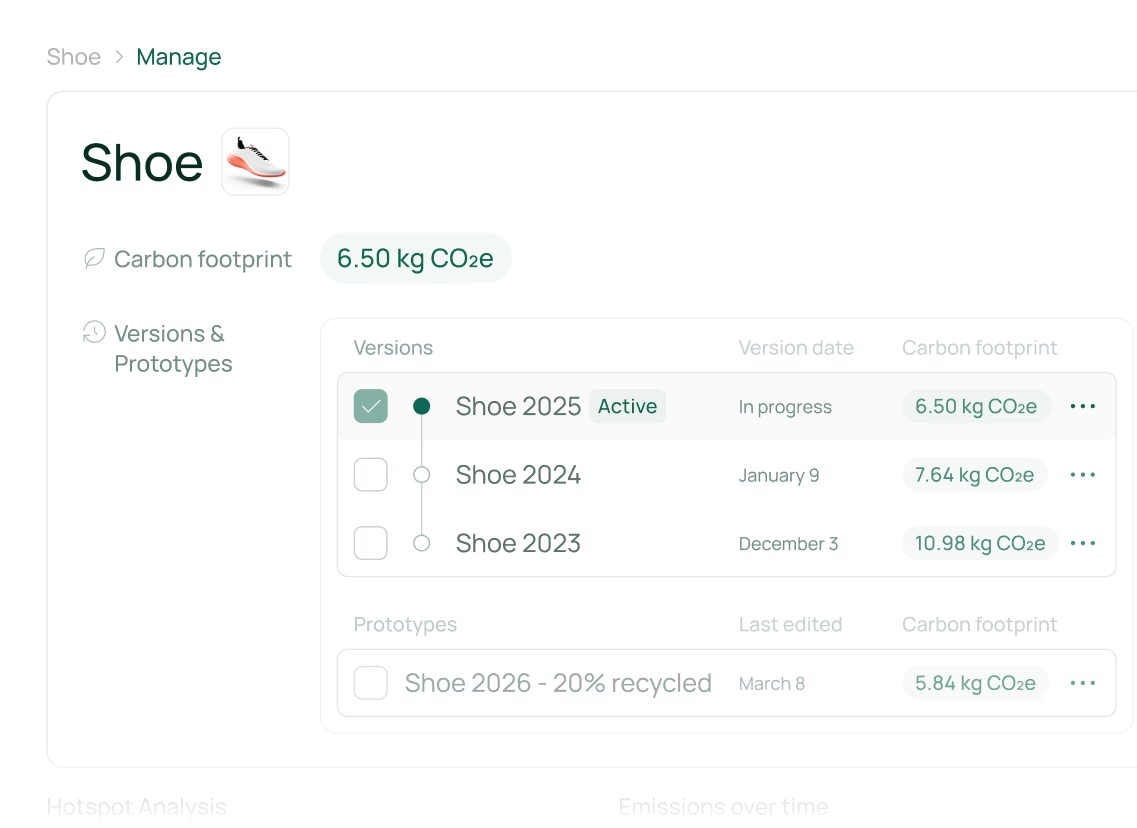
FAQ about measuring your companies carbon footprint
What are some carbon footprint software companies?
Popular carbon footprint measurement platforms include:
- Arbor: specialized in Scope 3 (product-level emissions), but supports full Scope 1, 2 and 3 measurement with key supply chain insights and reduction opportunities.
- Other platforms: Sphera and Watershed are enterprise-grade platforms.
These tools help automate emissions tracking, especially for Scope 3.
What are some companies reducing carbon footprint?
Leaders like Microsoft, Apple, and Patagonia are working on emissions across all scopes. Many are committing to net-zero targets and reporting via CDP or SBTi.
A company's carbon footprint measures which type of emissions?
A company’s carbon footprint includes Scope 1 (direct), Scope 2 (energy-related), and Scope 3 (indirect, value chain) emissions. It reflects the full impact of business activities.
What company produces the most carbon emissions?
Historically, fossil fuel producers like Saudi Aramco, Chevron, and ExxonMobil have been among the largest emitters globally due to their upstream oil and gas operations.
How can oil and gas companies reduce carbon emissions?
They can electrify operations with renewable energy, eliminate methane leaks, invest in carbon capture, and diversify into clean energy solutions.
How do companies offset carbon emissions?
Some purchase carbon credits or fund reforestation projects, but this is controversial and should not replace real emission reductions.
How to measure carbon emissions for companies?
Start with Scope 1 and 2 using internal data. Then build Scope 3 estimates using supplier data or spend-based tools. Use emissions factors to convert usage into CO₂e.
What is a company's carbon footprint?
It is the total greenhouse gas emissions caused directly and indirectly by a company, measured in carbon dioxide equivalents.
How to measure a business’s carbon footprint?
Gather data across energy use, transportation, purchases, and operations. Use tools and calculators to estimate emissions in each scope.



.webp)
%20Directive.webp)


.webp)




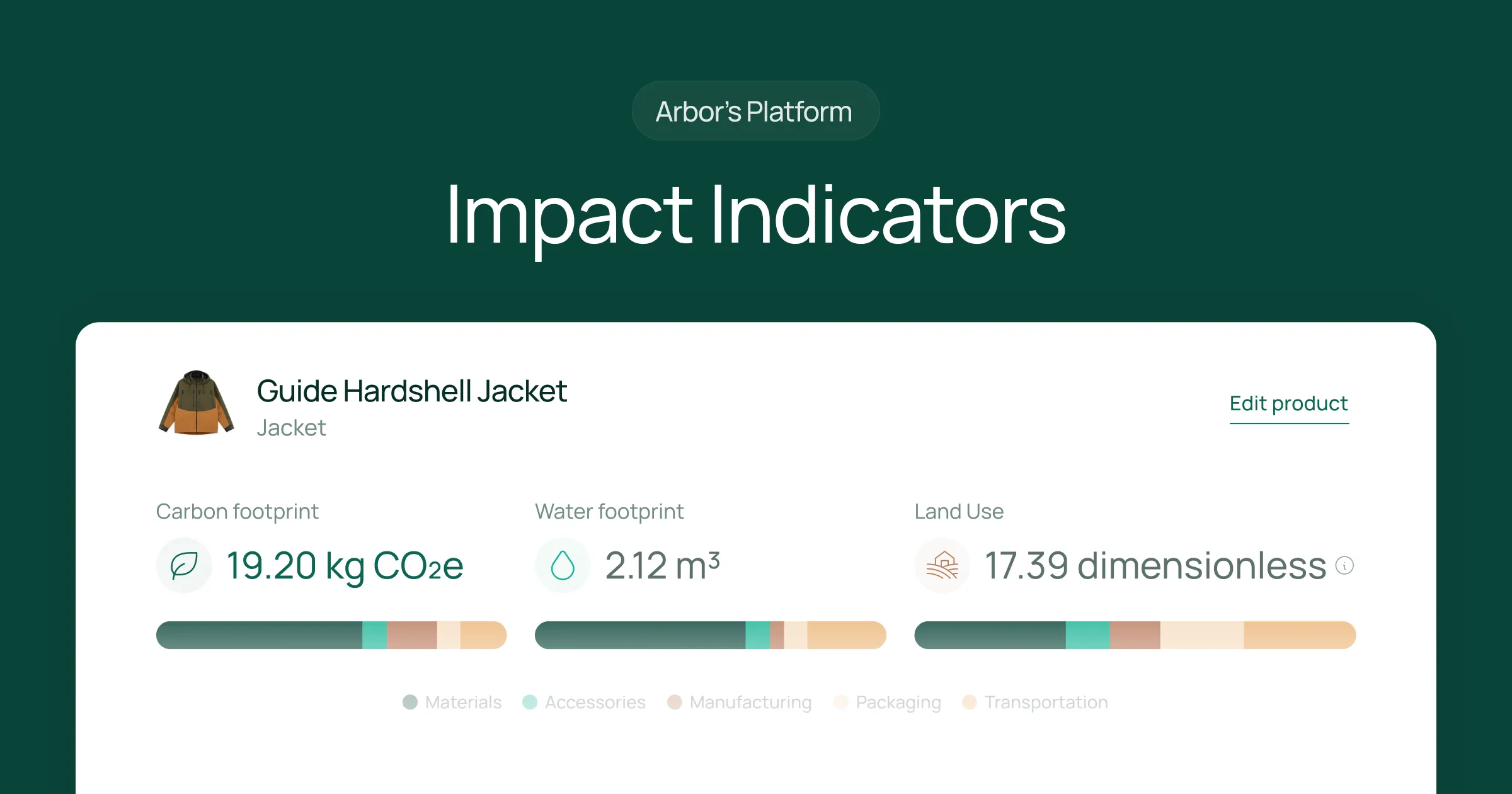



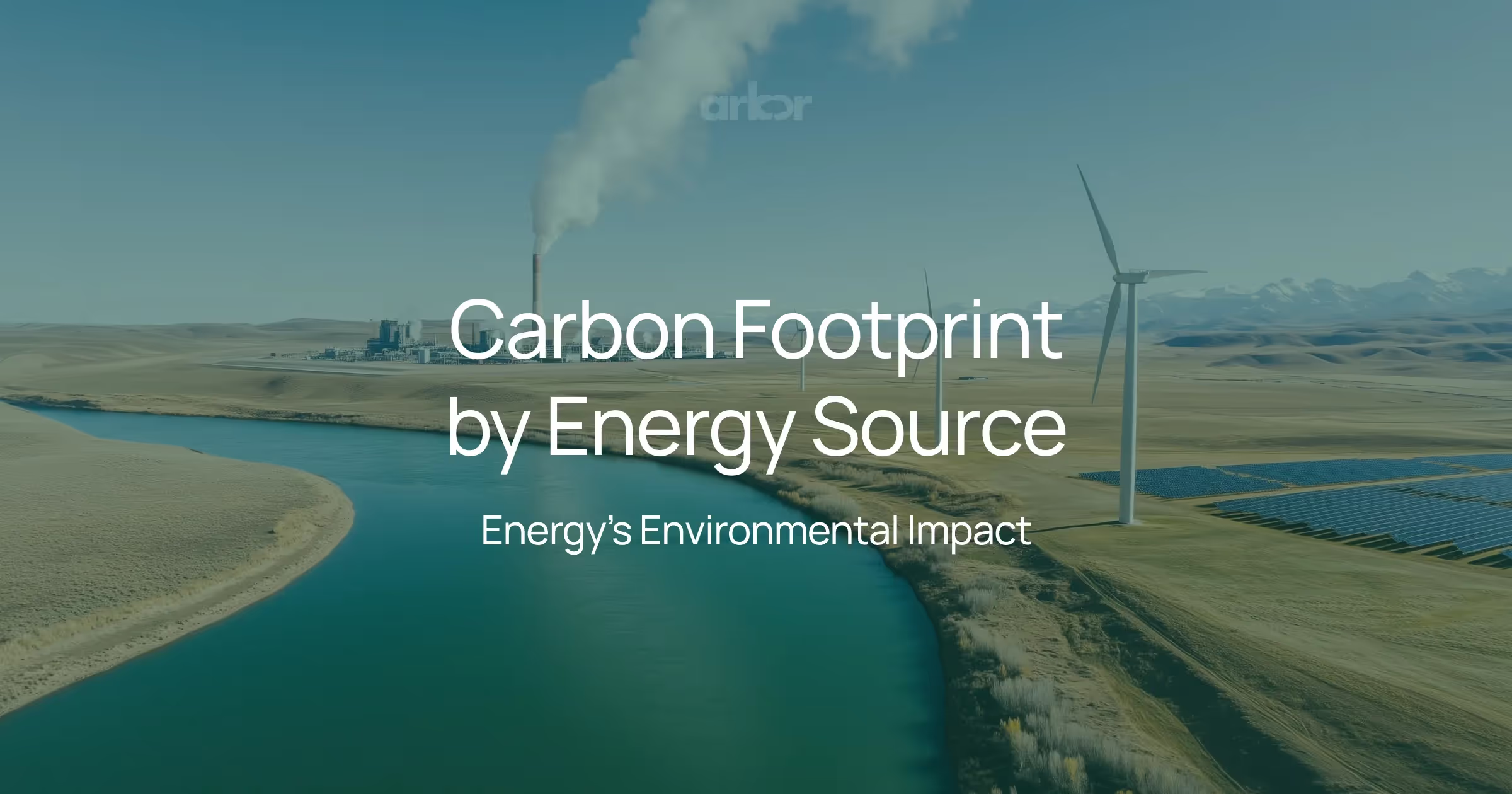
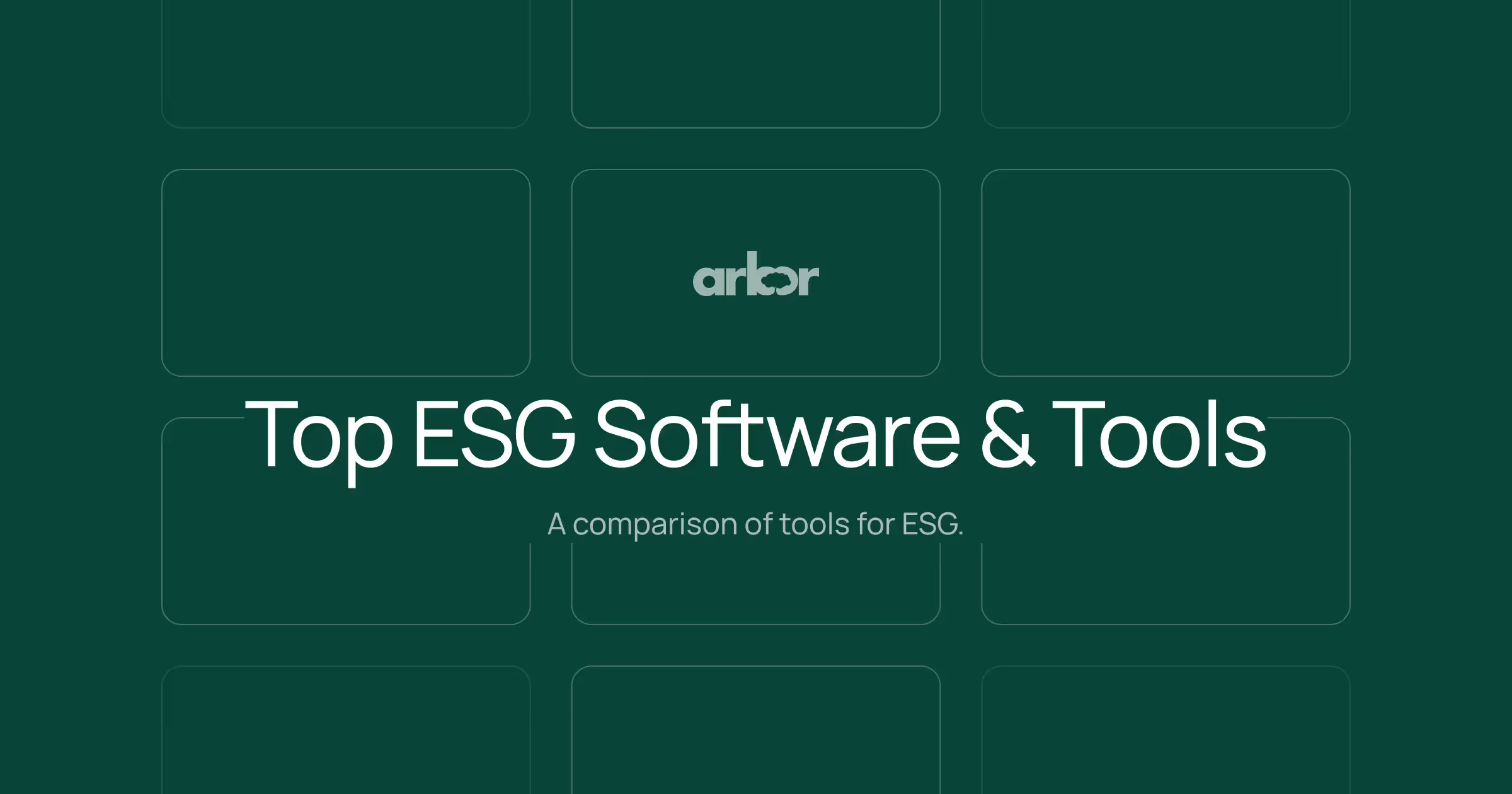

%20Arbor.avif)
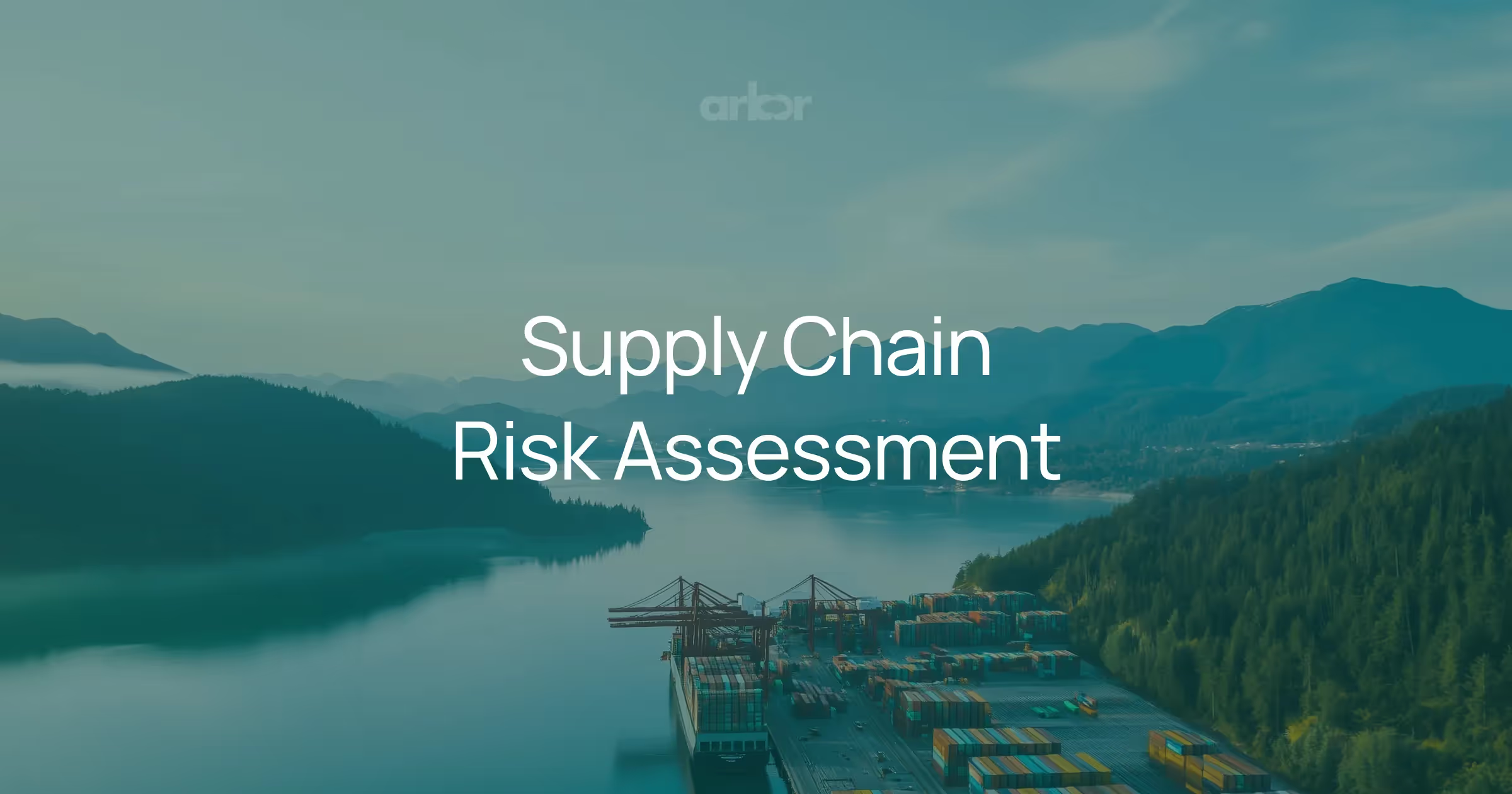
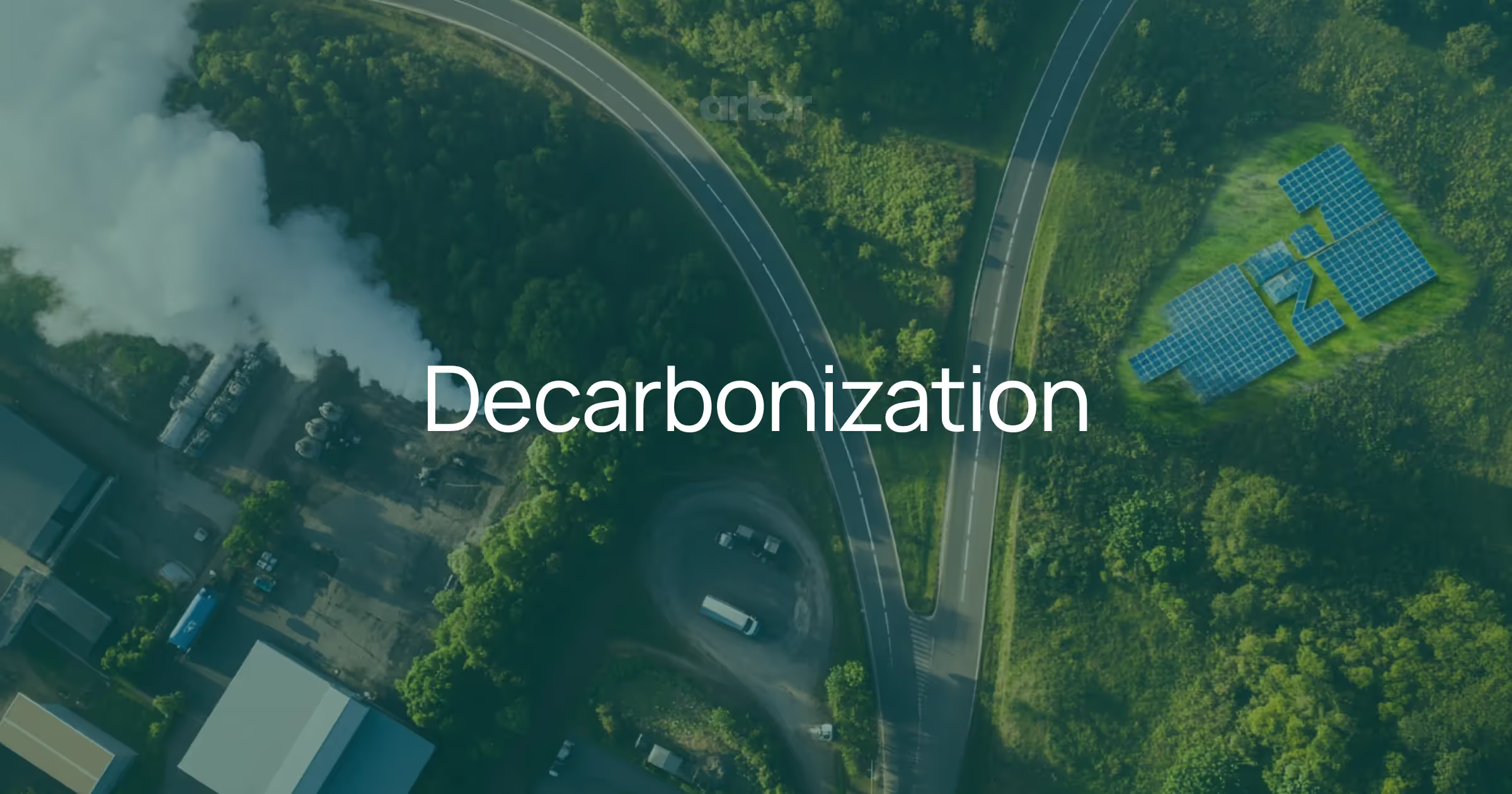



%20Arbor.avif)
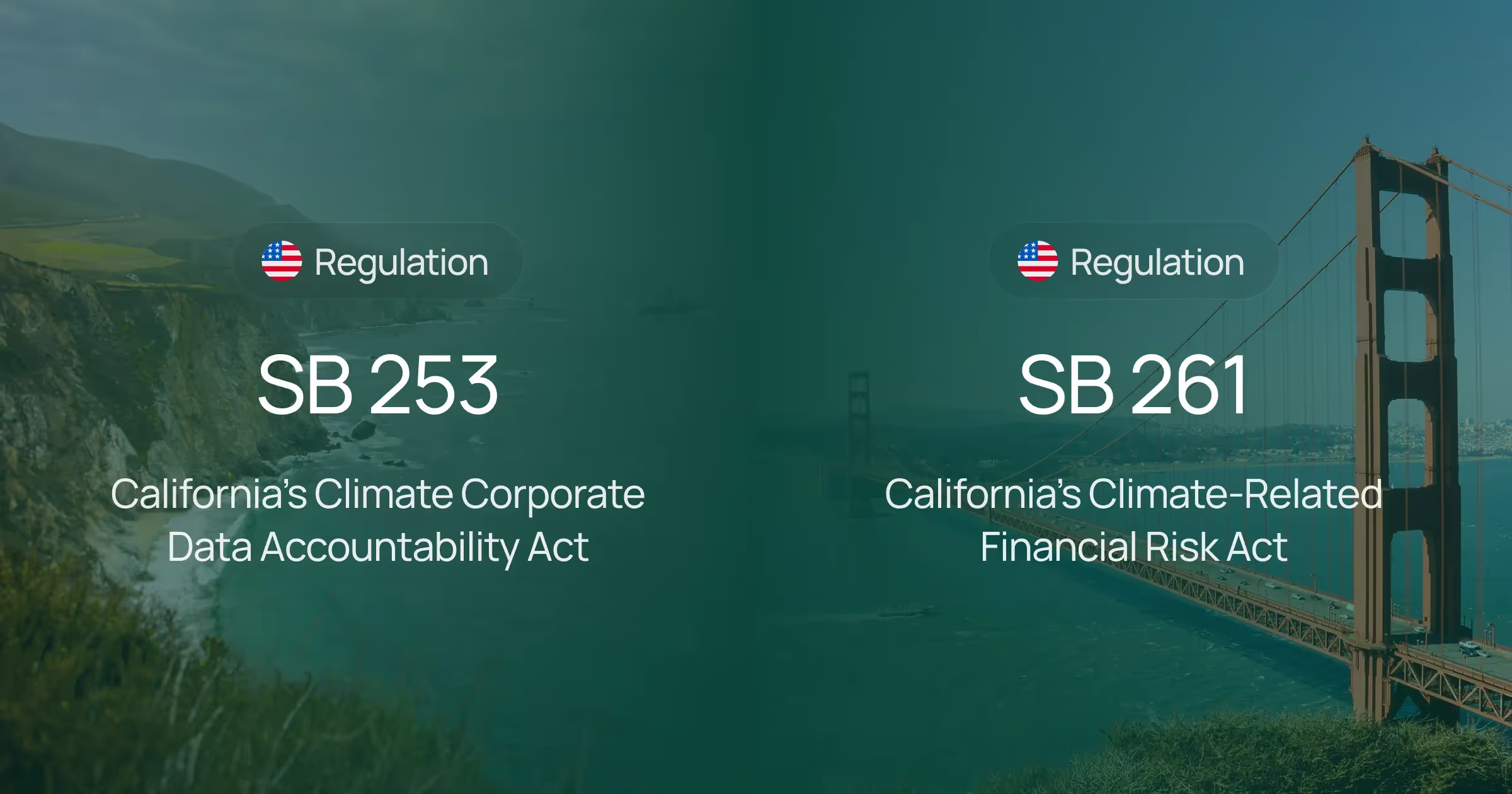

.avif)


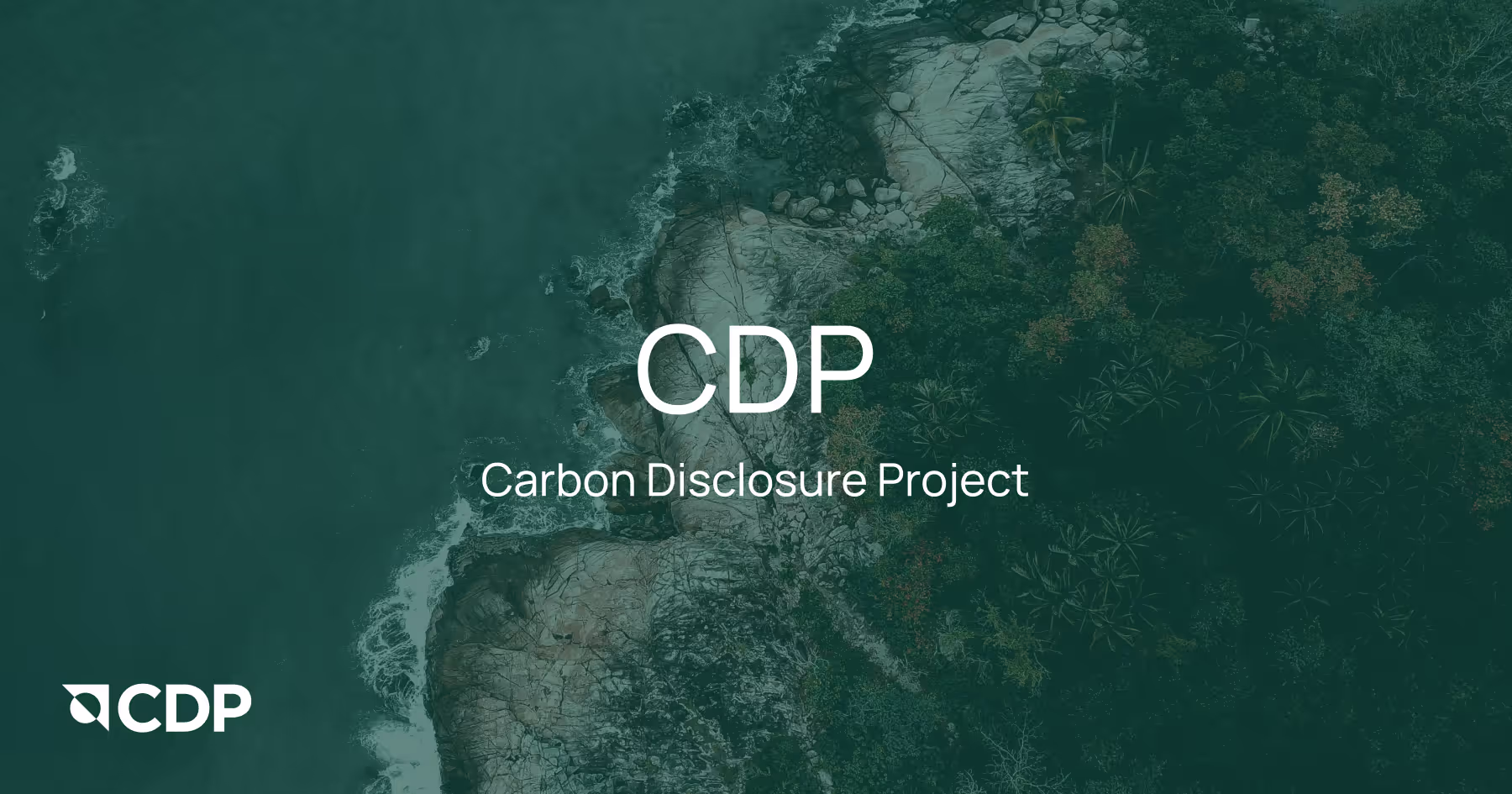
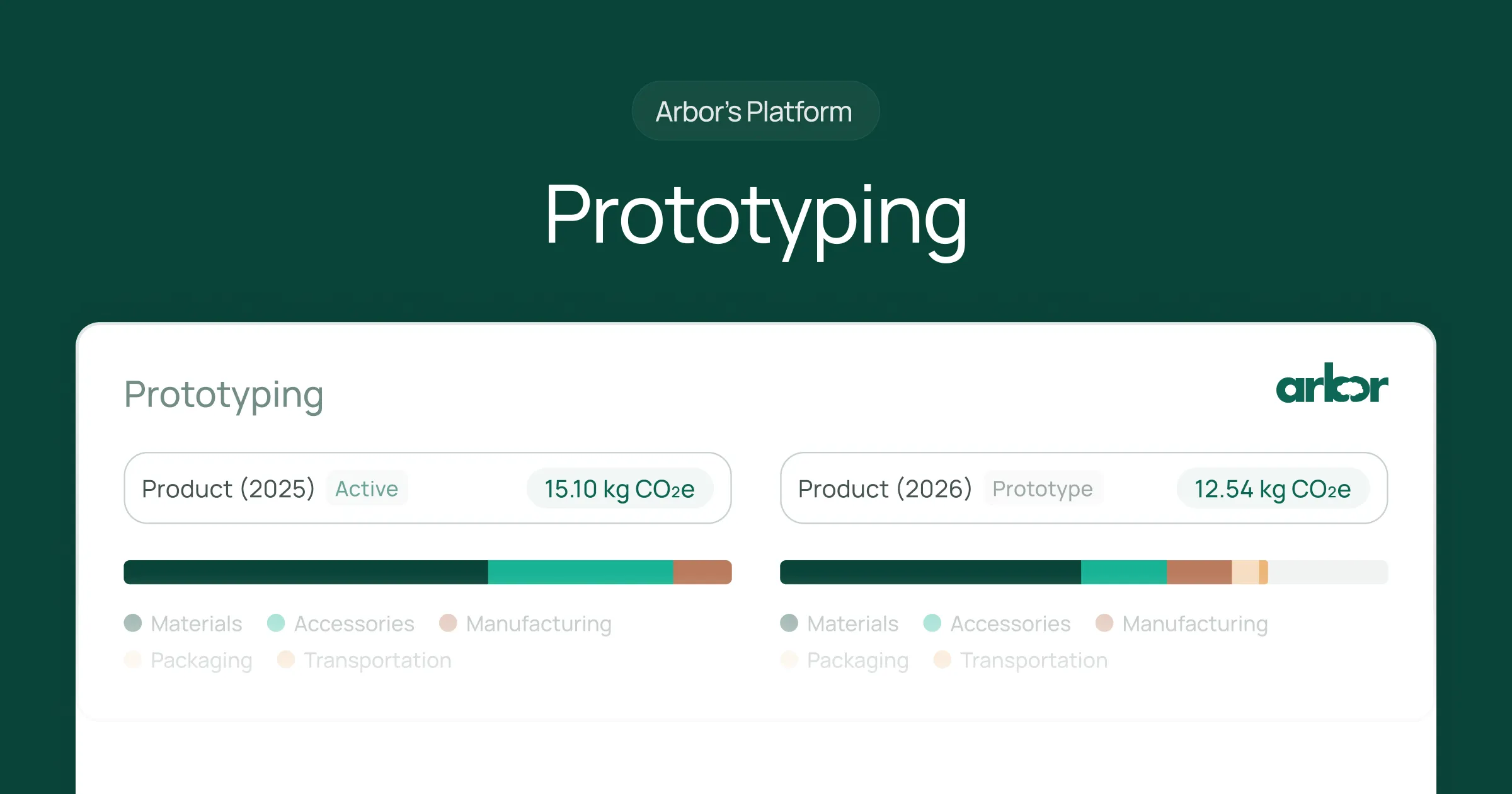
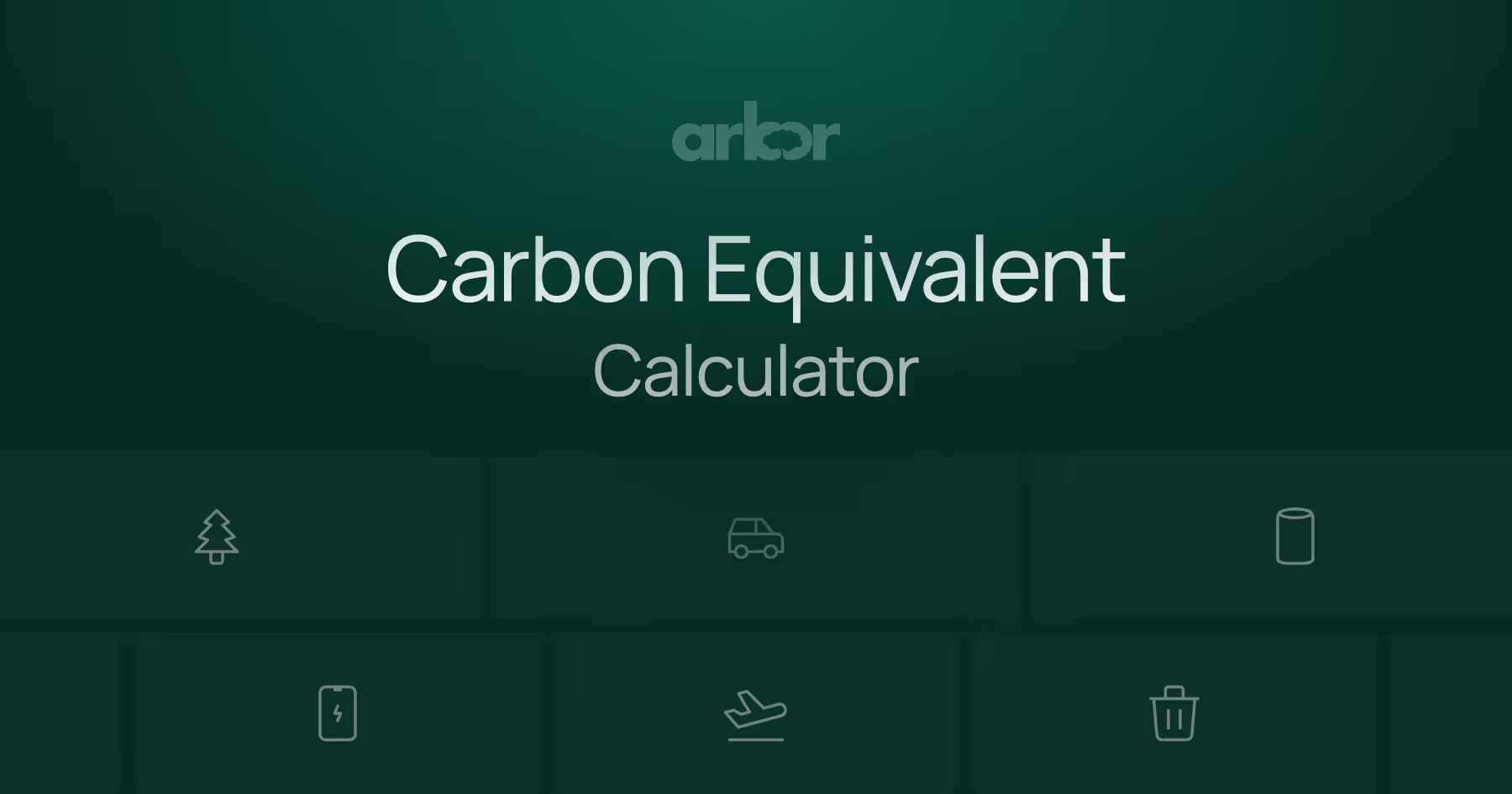

%20Arbor%20Canada.avif)
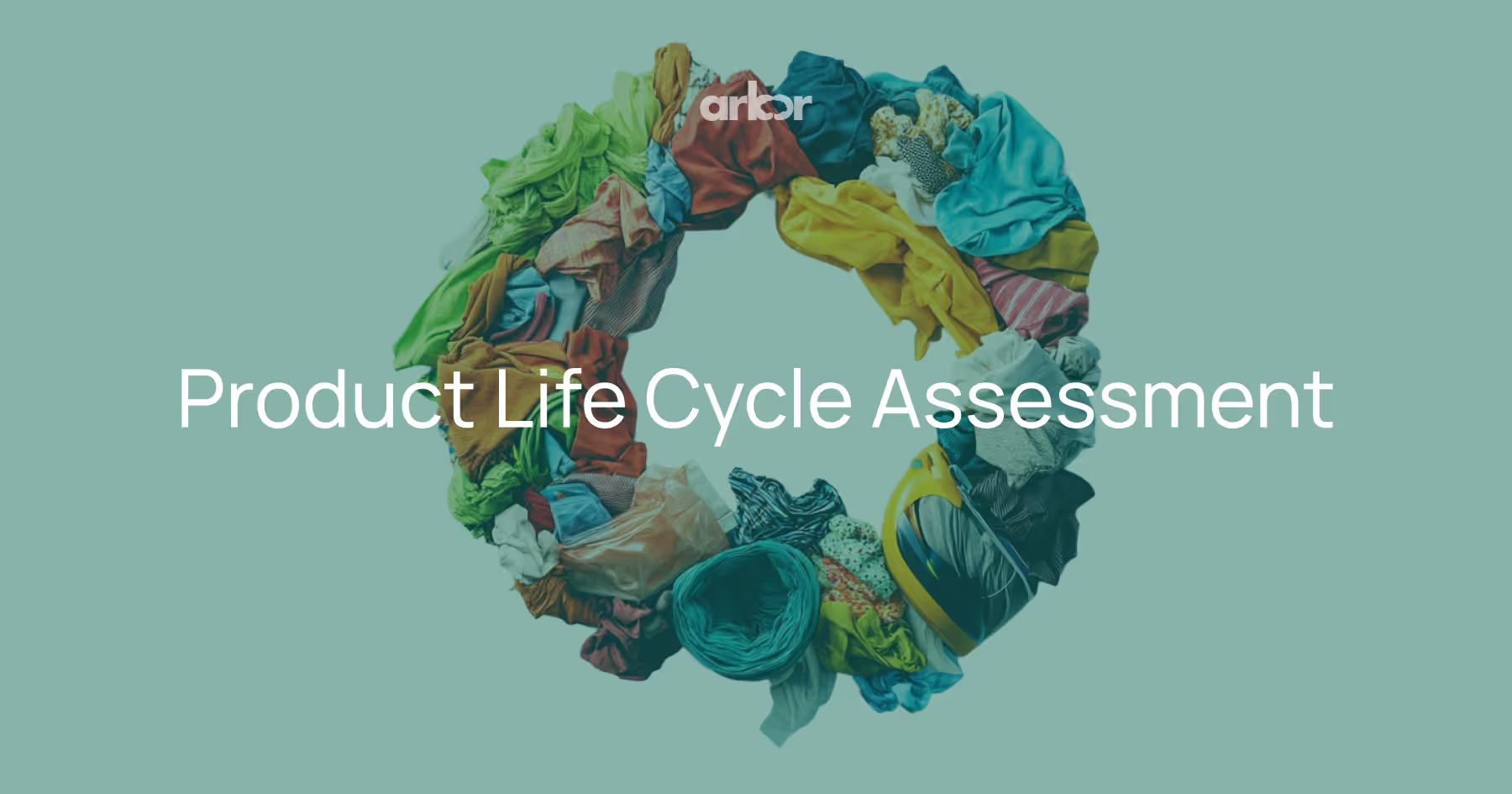
.avif)
%20Arbor.avif)
.avif)




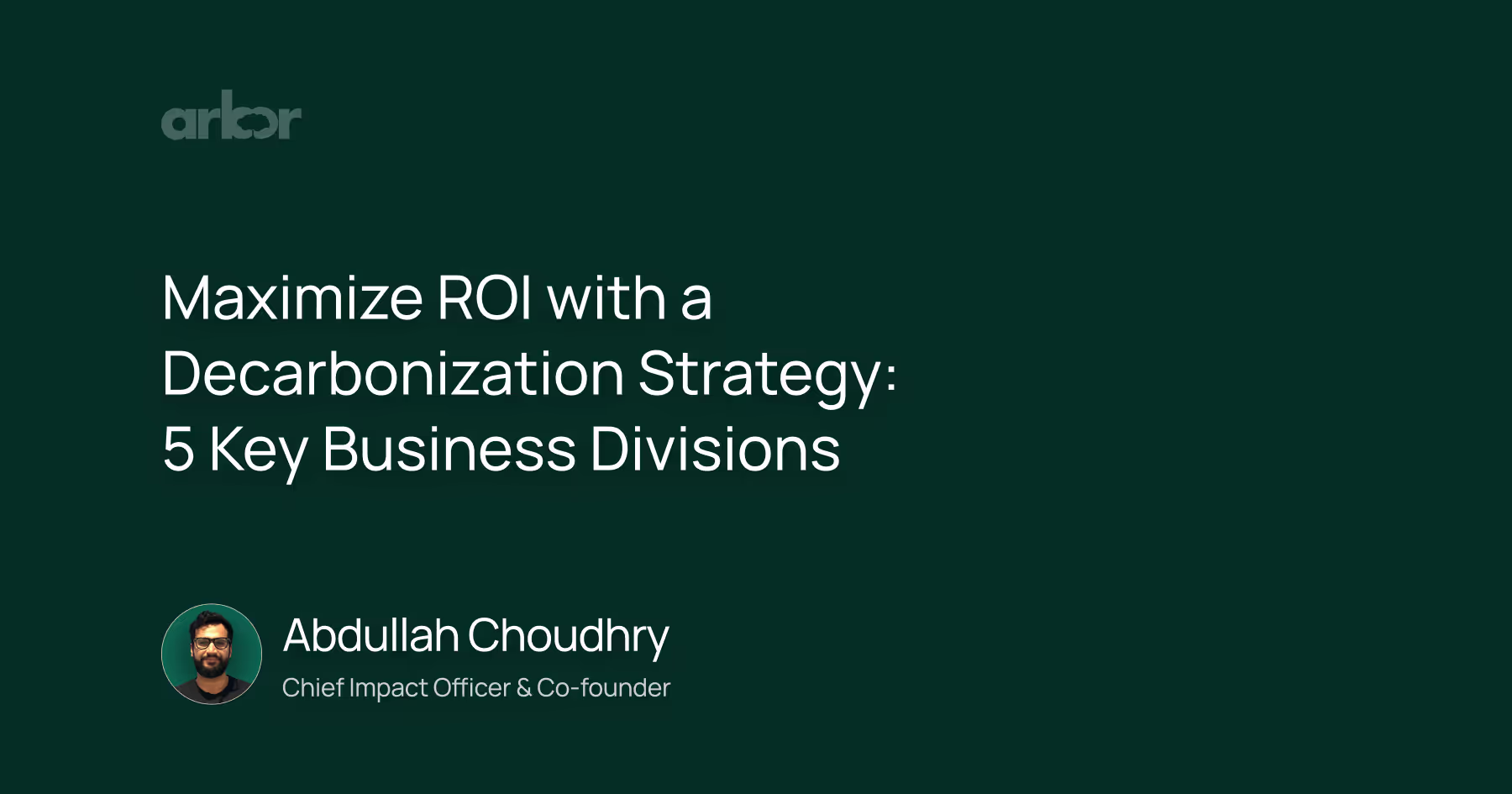

_.avif)
.avif)
%20Arbor.avif)




%20Software%20and%20Tools.avif)





.avif)
.avif)
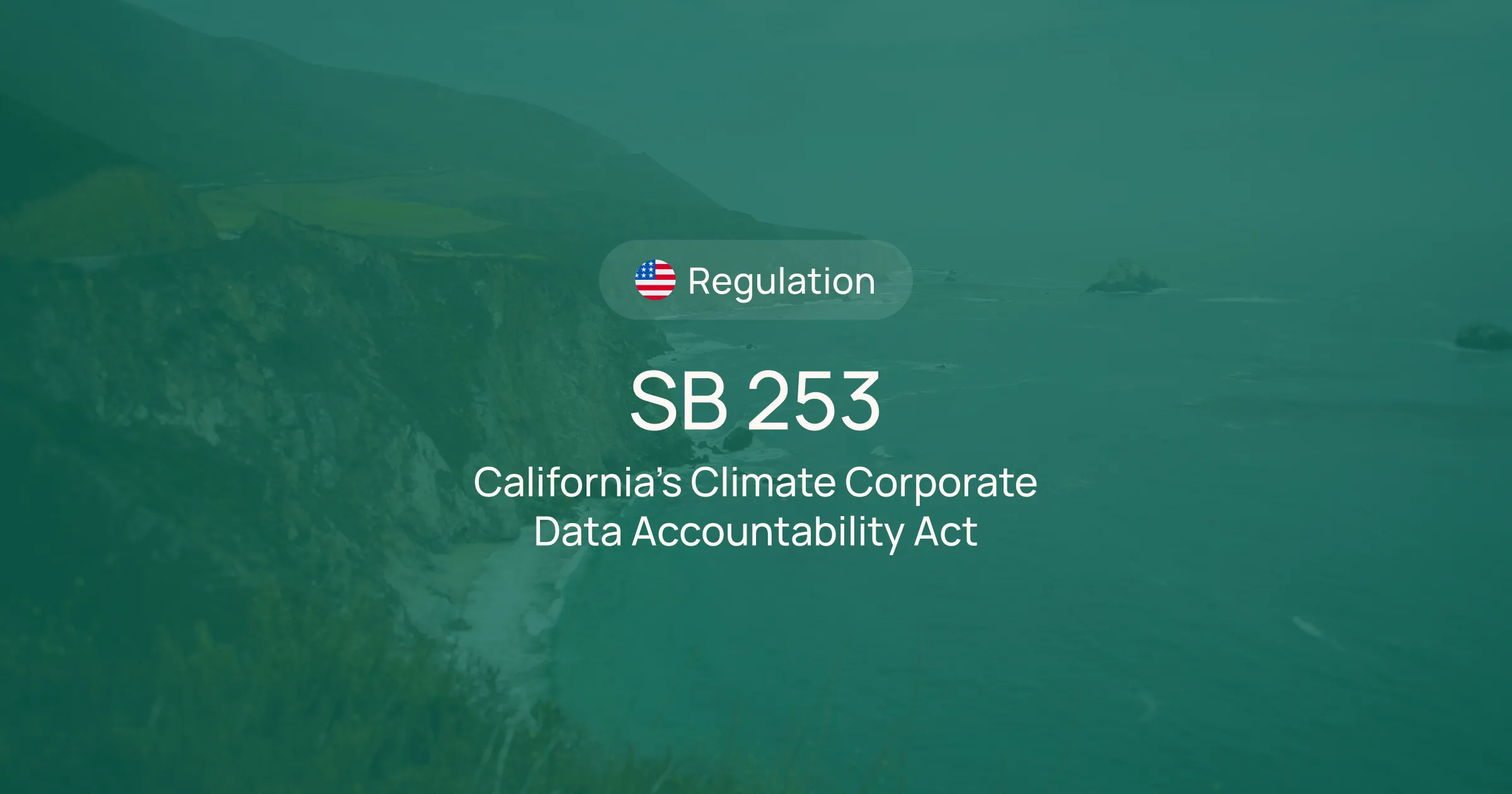



%20EU%20Regulation.avif)







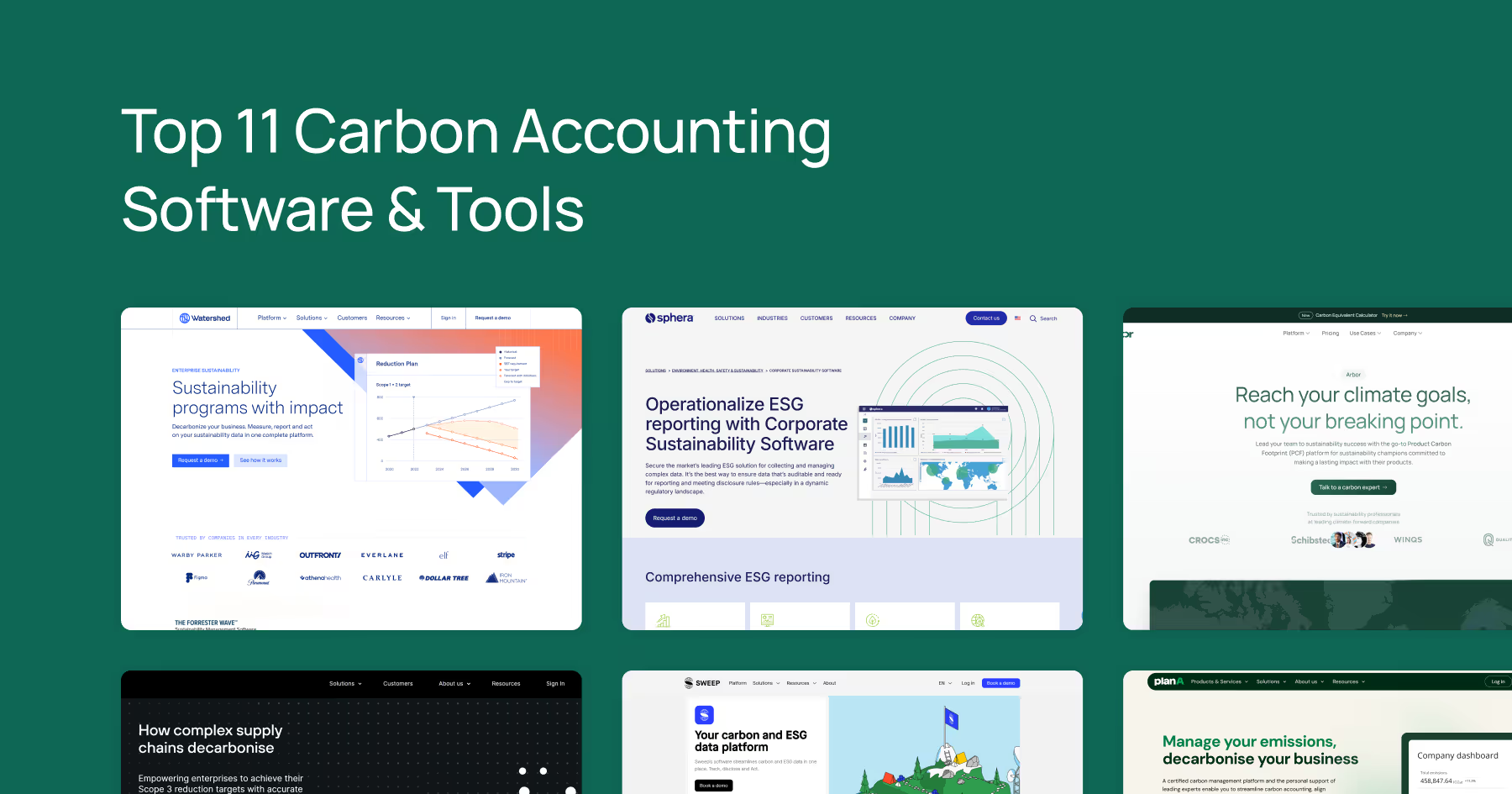




.avif)


%20Arbor.avif)









_%20_%20Carbon%20101.avif)







.avif)

.avif)
.avif)








